Hospital meatloaf and pudding jokes never seem to go away, do they? If today’s patients still expect hospital food “isn’t going to be that great,” as Press Ganey has found[1], maybe there’s something to the staying power of hospital food jokes. Maybe they’re proof of an ever-fresh opportunity to emotionally connect with patients.
On the other hand, hospitals have a lot to prioritize when it comes to the patient experience, so why should food take so much focus? HCAHPS may not ask directly about food, but studies show food service quality contributes to overall satisfaction of a hospital stay, not to mention patient recovery.[2]
That interdependence of food service and patient experience makes sense. Food doesn’t poke or prod a patient. It offers a comforting choice. A menu is much easier to understand than treatment options, and ordering food is the chance to make a positive decision for yourself.
Delivering on that promise of a positive outcome is the goal of great food service. Food is fundamental to the human experience, and that’s doubly true for the patient experience, since nutrition is key to patient health. Almost half of all deaths attributed to heart disease, stroke, and Type 2 diabetes are linked to poor diet.[3]
So how are hospitals helping patients learn about long-term nutritional health? How are they making the most of that opportunity to connect with patients through food? And how are they making sure it benefits the bottom line and sticks with patients, improving outcomes? Here’s a specially prepared selection of choice strategies, so let’s dig in.
Stealth health
The general trend toward health-conscious consumption does put pressure on menu creation, but for many patients (along with their stressed family and friends), healthy options can’t compete with the desire for comfort food. Giving people what they want is usually a hallmark of great service, but hospitals have a clear interest in reducing the risk of readmission, and that means meeting nutritional standards that contribute to recovery.
But as parents and nurses know, providing healthy food doesn’t guarantee it’ll be eaten. More than half of patients leave half or more of their meals uneaten, according to a 2019 study. The same study also noted that diminished nutritional intake delayed recovery and increased risk of complications.[4]
People want French fries. Instead of taking choices away and increasing the chance that patients order something they don’t really want (and don’t end up eating), the “stealth health” strategy make fries, burgers, and comfort food like mac and cheese healthier. A lot of hospitals no longer deep fry, for instance, but the most successful “stealth health” strategies focus on the positive. An enhanced flavor model makes palatable options healthier, and healthy options more palatable.
The key to a successfully implemented enhanced flavor profile is finding ways to efficiently produce on demand at scale. Prioritizing healthy food and patient choice means being smart about costs. With nutritional needs in hand and creative chefs on board, menu plans need to take sourcing and logistics into account. Great food service teams apply clear metrics and analytics to find the efficiency and cost savings needed to keep quality food affordable.
Choosy patients choose information
There’s also expectation management for dietary restrictions, and the importance of having information at hand for patients and guests who want to make more informed choices. Informative labels are just the first step. Information technology is the next one. Access to menus online helps everyone compare choices for themselves. The best systems prioritize user access to up-to-date menu information, and speed the user experience with tools that sort for vegetarian, diabetic, or other key factors and restrictions (such as salt and fat content, or allergens).
Many hospitals are finding the personal touch does wonders. When a dietitian sits with a patient and talks through their needs and wants, that’s both a service win and a healthcare win. Low salt and less grease may taste different, but with an enhanced flavor profile, change doesn’t have to be bad. Setting expectations helps patients focus on the positive, instead of what’s missing. Following up the in-person attention with in-room touch menus or online access enables choice and showcases the quality menu planners work so hard to provide.
Here’s where quality food really shines. What the dietitian helps patients learn, the food helps them accept, with tasty options and great service.
Room service Is the way
Anyone can order almost anything from a smartphone. Patients of every age bracket want to order what they want when they want it, and hospital food is no exception. Instead of sending up trays of unordered food that staff will have to throw away later, a room service model gives patients choice.
The benefits of the room service model are clear. Less than half as much wasted food (29% waste with a traditional model against 12% for the room service model) means patients are getting significantly better nutrition. Moving Press Ganey scores from 64th to 95th for “quality of food” is also a pretty powerful indicator of the impact on patient experience.[5]
If “hotel-style” room service sounds like it’s more expensive to run, think about this: the benefits in the study above also came with a 15% decrease in patient meal costs. The increased costs of room service turn out to be mainly start-up costs in equipment, software and training.[6]
Once those initial costs are dealt with (or, perhaps better for the hospital, avoided by bringing on a service partner with technical scope and labor expertise already in place), food costs can be reduced by room service models by reducing stock and inventory and eliminating overproduction.[7]
Retail, retail, retail
If the patients are getting room service, how does the retail cafeteria impact the patient experience? Family members eat there. Nurses and staff eat there. Improved employee engagement scores are a clear chance to increase your HCAHPS top box scores: 85% of engaged hospital employees demonstrate a genuinely caring attitude with patients as opposed to only 38% of disengaged employees.[8] But when the cafeteria is terrible, people will say so, out loud, a lot. That impression sticks in the mind of patients and can color lots of other judgements. And let’s be honest, family members often fill out surveys for patients. If they had a bad experience in the retail area, they might overlook how great the room service was for the patient.
Rising food costs and budget cuts may be squeezing the bottom line, but the retail portion of hospital food service is a chance to put all that meal planning, logistics, and service to work increasing retail revenues. On-demand dishes and healthier options, alongside amenities like coffee kiosks and food carts, keep everyone satisfied.
Retail is the chance to capitalize more on all the logistics work you’re doing to locally source ingredients, cook from fresh, and enhance flavors for patients. Now you can replace that tired cafeteria experience, and deliver that café, bistro, or restaurant feel that draws people in and delivers.
In some locations, a hospital can become a true dining destination for the greater community. Especially if the community lacks healthier, affordable options, hospital dining can be a boon to seniors and other community members looking to improve eating habits. Hospitals can increase their draw by promoting their tasty, healthy menu for community groups.
Hospitals with great retail programs can often offer nutritious food to at-risk groups at prices lower than local restaurants, without having to subsidize meals. Outreach programs like this both serve the community and create efficiency by generating revenue when staff may normally be underutilized.
The real trend is production management
There’s lots of trends to spot. Authentic foods from across the cultural spectrum, celebrity chef recipes, even setting up gardens on-site to grow their own produce – there are a lot of great ideas out there. They all come with their own stumbling blocks and start-up costs. Making sure that innovative, expanded menu options work for your hospital and your patients takes production expertise. Great ideas must be adapted for the healthcare environment and made efficient with flexible, intelligent production management.
For instance, farmer’s markets and local sourcing still have to meet regulations and strict processes, like chain of custody (recording who has what to help ensure quality control). And when a menu relies on a certain ingredient, great production teams know how to adapt or shift menu strategies when it’s not available. Keeping taste and quality high while working with the reality on the ground efficiently puts the patient experience first.
And for dessert…
Hating hospital food may be as American as apple pie, but savvy hospital directors know that lower expectation is an opportunity to exceed it. Where hospitals used to subsidize food, including huge discounts for employees to eat there, rising costs of food and food preparation have put that model to bed. When it comes to the bottom line, everything can look like a cost center, but food service done well can be a revenue generator.
Driving patient satisfaction and reducing readmissions are a tall order for any department. The right menu, the right food sourcing, the right service model, every element takes planning, resources, and commitment to implement efficiently. The right partner is ready to dump legacy caterer worries and woes and bring innovation and excitement to the table.
Michael V. Tolliver is Vice President Healthcare Operations at ABM.
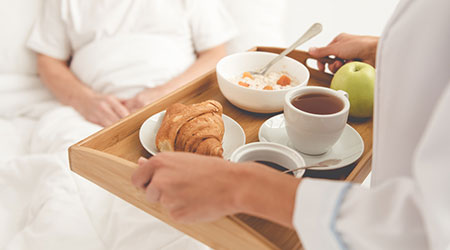
 State of the Facilities Management Industry in 2025
State of the Facilities Management Industry in 2025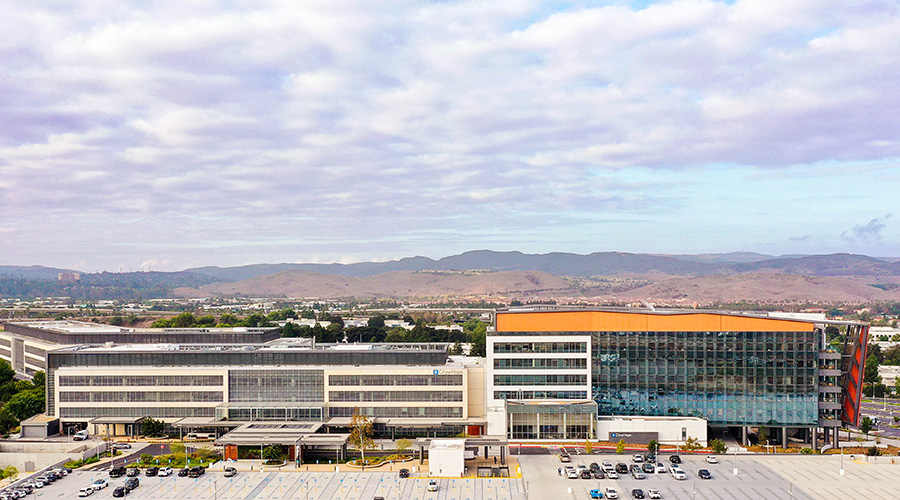 City of Hope to Open New Cancer Specialty Hospital in California
City of Hope to Open New Cancer Specialty Hospital in California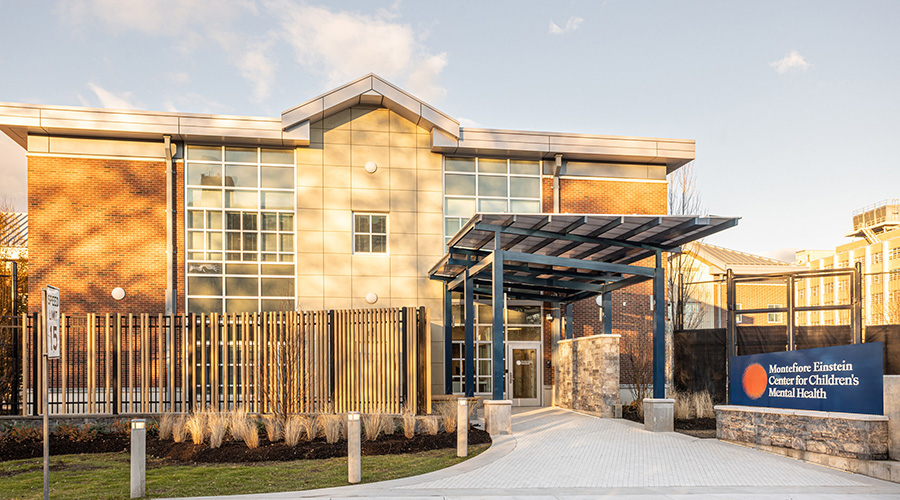 Montefiore Einstein Opening New Inpatient Center for Youth in the Bronx
Montefiore Einstein Opening New Inpatient Center for Youth in the Bronx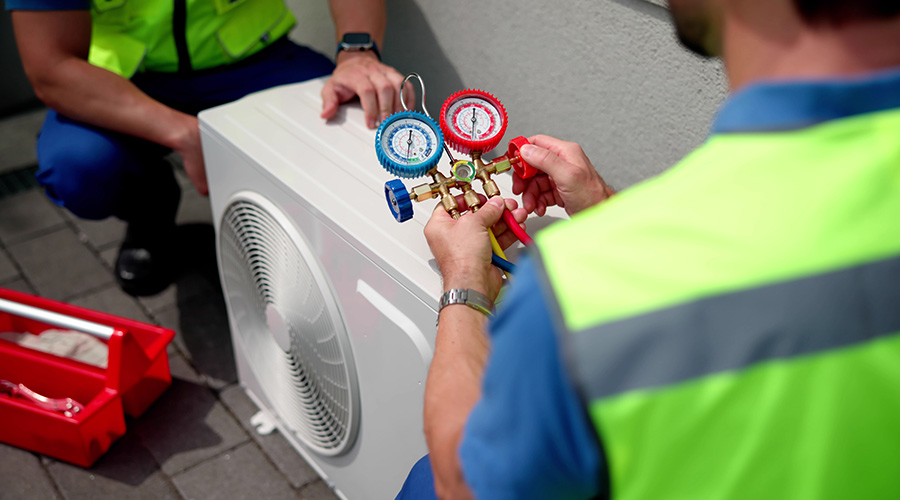 Skill Stacking: How Micro-Credentials Are Reshaping Trades
Skill Stacking: How Micro-Credentials Are Reshaping Trades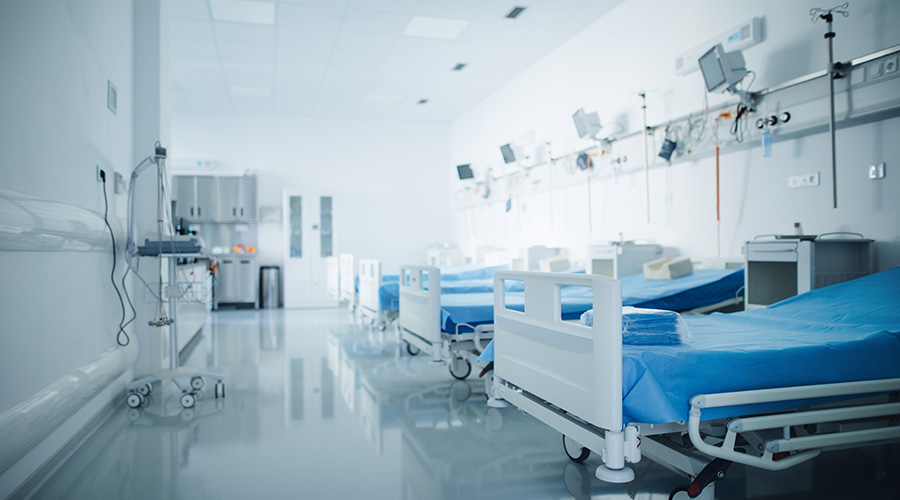 Prima Medicine Opens New Location in Tysons, Virginia
Prima Medicine Opens New Location in Tysons, Virginia